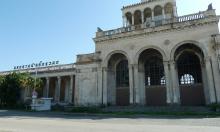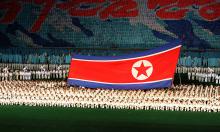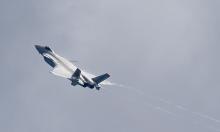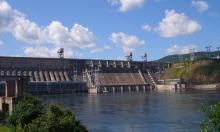Russia's new super computer performs over 2 trillion operations a second
The new computer created by Russia and Belarus is the most powerful computing machine in Eastern Europe

The list of most powerful computers was first published in 1993. The super computer of the Russian Academy of Sciences was included in the prestigious top five list, but the machine lost its position in a short while. There are only three countries in the world, which can produce computing machines of such level - the USA, Japan and Russia. China is coming close on the heels too. 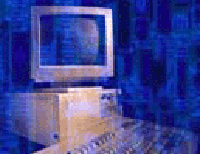
It has been recently informed that the Unified State of Russia and Belarus created a new superproductive machine Skif K-1000, which entered the world's top hundred of most powerful machines. The new computer has already been described as the most powerful computing device in Eastern Europe.
The Skif K-1000 was developed by the United Institute of Informatics Problems of the Belarussian Academy of Sciences, the Institute of Program Systems of the Russian Academy of Sciences and the Research Institute of Electronic Computing Machines, Belarus.
The development and the production of the cluster computational modes, the installation of the trial configuration system was performed by the Russian company T-Platforms.
The new computer is capable of making over two trillion operations per second. The Skif K-1000 has been installed in the Republican computer center in Belarus' capital Minsk. The machine weighs 6.5 tons; it works on the base of 576 AMD Opteron processors.
The previous extraproductive computer of the Skif series, the Skif K-500 cluster, was listed on the 407th position of Top 500 in 2003. The Skif K-1000 is three times more powerful than its predecessor; it proudly takes the 98th position on the list. This is not the best place for the machine to take, some might believe, although the Skif program develops a lot faster in comparison with the growth of the world supercomputer industry. Russian scientists have managed to increase the efficiency of Skif computers by 185 times over the period of four years.
Developed countries use supercomputers in a variety of industrial and economic fields. Supermachines are used to make financial and economic forecasts, to explore oil and gas deposits, to make weather forecasts and climate changes, to solve traffic problems in big cities, to administer logistics at large corporations, to perform various calculations for aerodynamics, turbines. They are also used in the pharmaceutical industry, human genetics, in astronomy and so on and so forth.
Strategic goals of supercomputers include: the controlled nuclear fusion, the modeling of explosions and nuclear tests (the USA and the USSR ceased nuclear tests in 1985, albeit they still amend nuclear weapons), the development of military, space technologies and ABM systems.
The world's most powerful supermachine is situated in the Japanese seismic center. The computer analyzes the seismic activity and gives forecasts on earthquakes and their consequences. The center has already made it possible to avoid numerous victims during recent quakes in Japan. Even a slight earthquake in other countries results in economic damage, devastation and casualties.
Subscribe to Pravda.Ru Telegram channel, Facebook, RSS!
